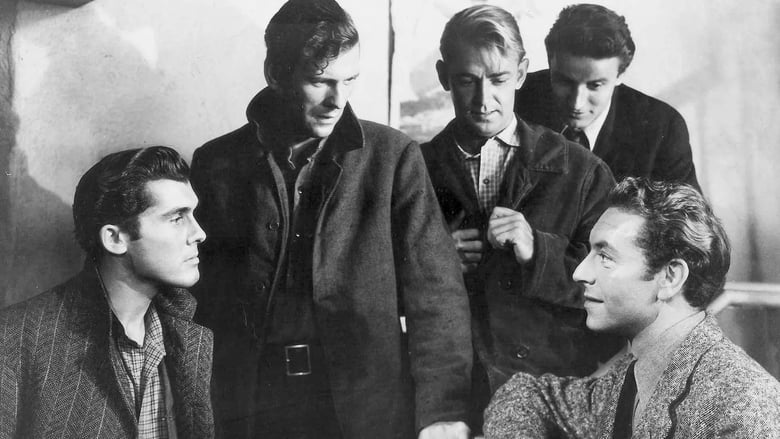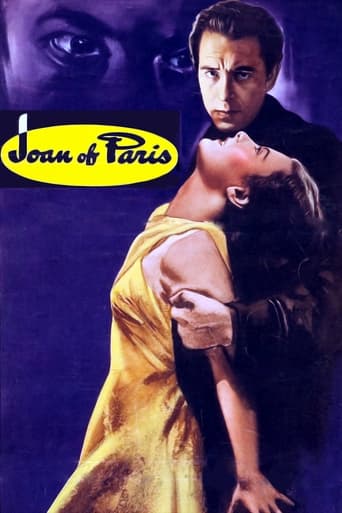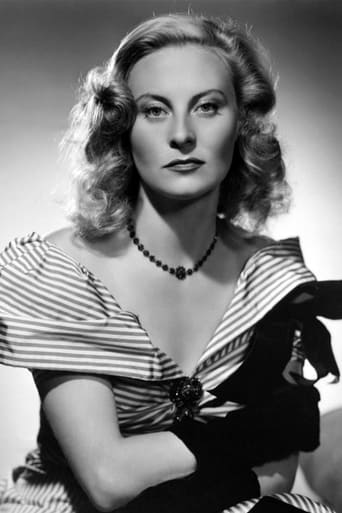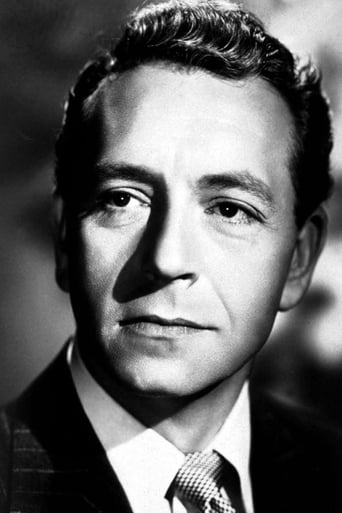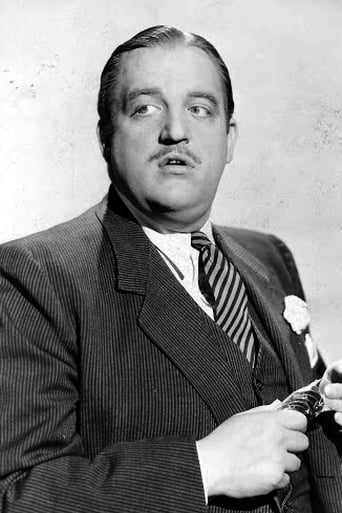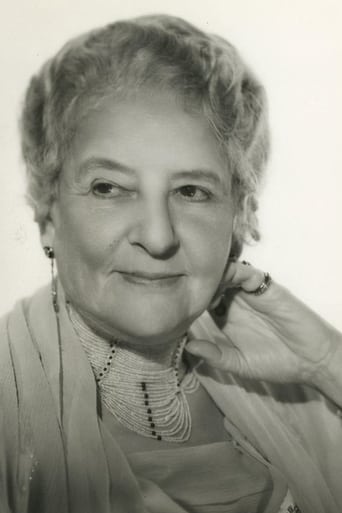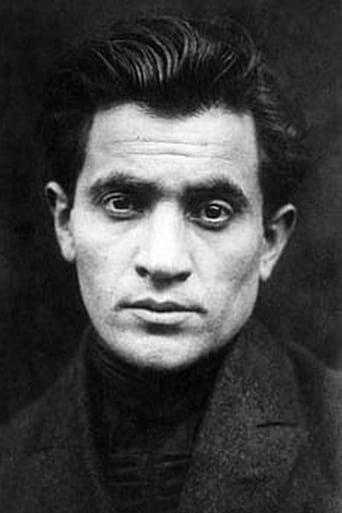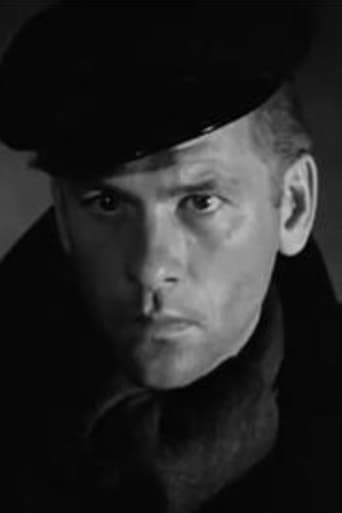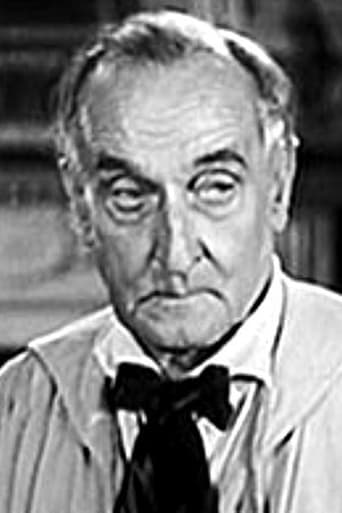An RAF squadron is brought down over occupied France. The flyers get to Paris in spite of the fact that the youngest, Baby, is injured. He must be hidden and his wounds cared for. The Gestapo has already issued orders for their arrest.
Similar titles
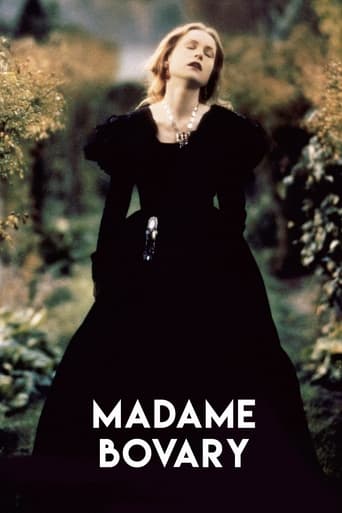
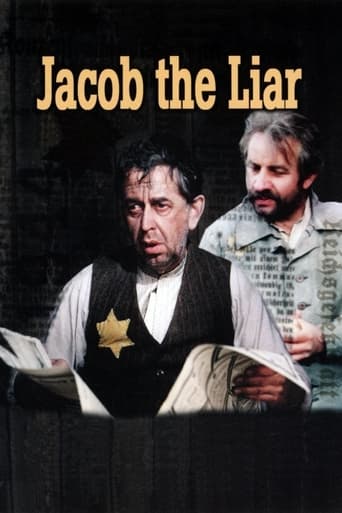
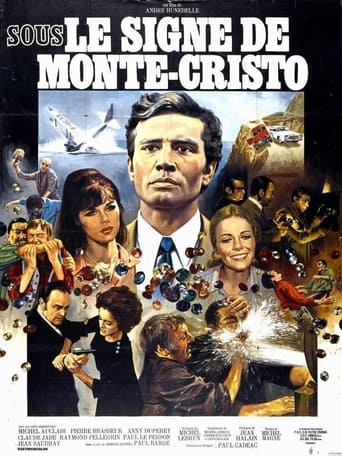
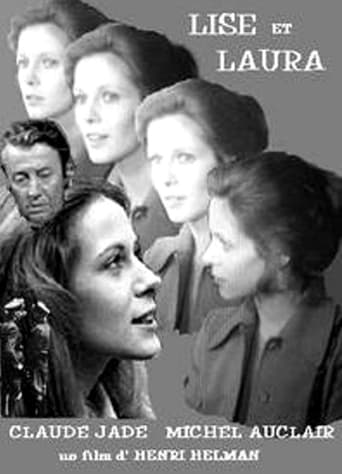
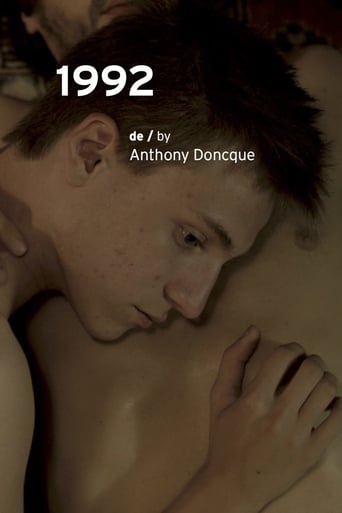
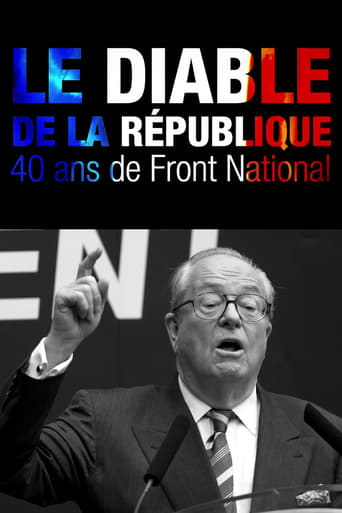
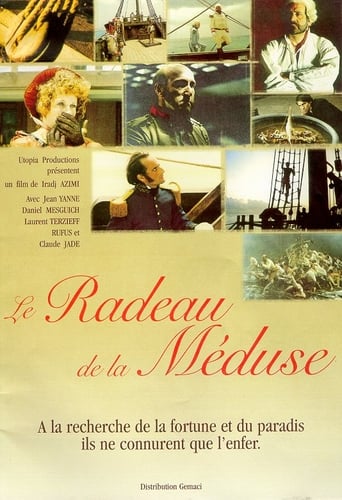
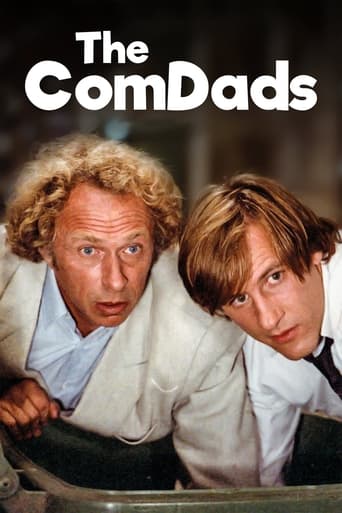
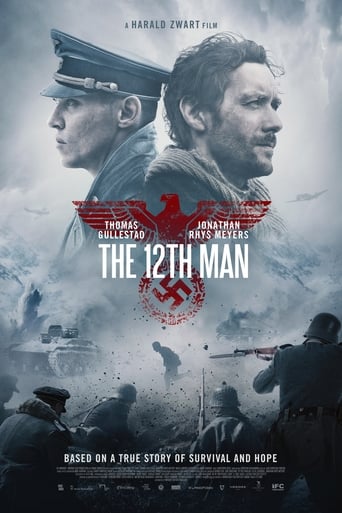
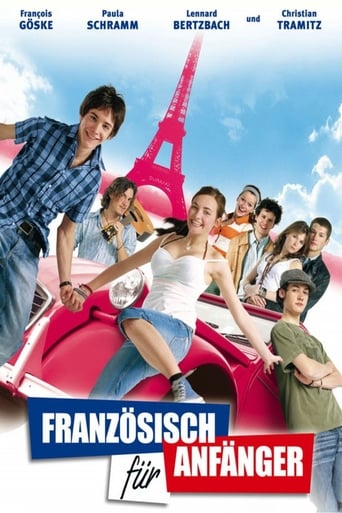
Reviews
This movie is the proof that the world is becoming a sick and dumb place
Thanks for the memories!
It was OK. I don't see why everyone loves it so much. It wasn't very smart or deep or well-directed.
There's no way I can possibly love it entirely but I just think its ridiculously bad, but enjoyable at the same time.
Copyright 23 January 1942 by RKO Radio Pictures, Inc. New York opening at the Rivoli: 24 January 1942. U.S. release: 9 January 1942. Australian release: 27 August 1942. 8,400 feet. 93 minutes. SYNOPSIS: Stranded in Paris, five Allied flyers - one of them badly wounded - attempt to escape the Nazis.NOTES: Hollywood debut (note that word "Hollywood", not "English language", not "American film") of Paul Henreid. English language debut of Michele Morgan. Alan Ladd's last film before This Gun For Hire catapulted him to major stardom.COMMENT: After a dramatically inventive opening (utilizing stock footage and the finger-doll chorus from The Gay Divorcee singing "Don't Let It Bother You" by Harry Revel and Mack Gordon), the film starts in fine thriller style with a brilliant series of fast-action, silhouettes-in-the mist tableaux from cinematographer Russell Metty. Nor does the pace let up when the scene shifts to Paris and Michele Morgan is finally introduced. Although not over-flatteringly photographed, she gives a poignant performance which rivals both in intensity and power Laird Cregar's elegantly vicious Gestapo chief. A pity Paul Henried (yes, he does occasionally spell his name that way) cannot match either of these players in charismatic fascination. True he acts fairly convincingly, even with sincerity, but young Alan Ladd (admittedly in a showy role) runs rings around him. Alexander Granach (of Warning Shadows and Nosferatu fame) also has one of the best roles of his career here - as a postage stamp! Doubtless the scriptwriters thought up his wonderful piece of business with the handkerchief, the gun and the little girl, but he plays it admirably, like a sort of latter-day Louis Wolheim. We must also commend John Abbott who has an effective cameo as an about-to-be-executed spy.It's correct as some critics have commented that quite a few of the script's details don't quite ring true. We could even add to the list, for example the Bible that Mitchell brings to the cell looks remarkably thin for a Catholic Bible. And it's 99.9% unlikely that any priest - or even a bishop or cardinal - would recognize the obscure verses from Proverbs and Job that Abbott asks for (even though these do allow the writers to get in the obligatory Old Testament quotes that Hollywood films are famous for). I also marvel at Henreid's proficiency in Latin. Even a priest would be hard pressed to put words to paper with such celerity.Pay no mind to me. What if the script is full of holes? Stevenson's driving direction of the fast-paced plot leaves little time for reflection on these matters. And when Morgan, Ladd, Cregar, Abbott and company are on screen, and when that screen is flooded or shadowed with Metty's lights, and when the sets are so artistically atmospheric, there's simply no time, no inclination whatever, to dissect trivialities. I'm inclined to agree with Bennett (below).OTHER VIEWS: I love Joan of Paris. It's my favorite of all the pictures I've ever been connected with. - Charles Bennett.Michele Morgan's first American (and indeed English-language) film starts off rather inventively with a musical clip from Gay Divorcee cut into a blank screen with narration off-camera and some strikingly composed and lit images with Nazi soldiers shrouded by fog and a superbly lit sequence in a church with shadows and silhouettes atmospherically built up by a background of choral music. In fact the directorial and photographic imaginativeness does not fade until, oddly enough, the entrance of Miss Morgan herself. It's as if the director thought that once the stage was set for her and she was actually on-camera she would take the whole weight of the film on her shoulders, save for some assistance from the delightfully and suavely evil presence of Laird Cregar as the Gestapo chief and the late entrance of May Robson giving a rather exaggerated portrayal of a schoolteacher/spy (but they are neither in the film all that much). Miss Morgan is rather poorly and unattractively photographed too and it seems as if the scriptwriter has really had to scratch his head to provide her with enough dialogue to justify her star billing. She has a ridiculous little monologue to her patron saint (incidentally she speaks English perfectly with hardly the slightest trace of an accent) and shares a lot of unconvincing and highly implausible romantic dialogue with Paul Henried who has a sort of precursor (in two senses) of his role in Casablanca. Presumably Alan Ladd had already been picked for stardom in This Gun For Hire when this film was being made or edited which explains the large number of close-ups he enjoys for so small a part (and not very convincingly enacted either!). There is a nice study by Alex Granach who plays an almost comic Gestapo agent with the talents of a leech (the extended series of sequences in which Henried tries to lose him is almost comic and seems to have been treated in a somewhat ambivalent fashion by Stevenson). Art direction, music scoring as well as photography, are plus factors and the film has been realized on a sizable budget. - John Howard Reid writing as George Addison.
The only way I was able to obtain a DVD of this film directed by Robert Stevenson, a particular favourite of mine, was to order it from French Amazon. Because the subject is Paris under the Nazis, it appeals to our Gallic friends, and they are the only ones who sell it (Editions Montparnasse, as part of their RKO classics series). Stevenson directed this the year before JANE EYRE (1943). It is not one of his most inspired films, but it is robust and impressive, and good viewing. The film works because of the sheer professionalism of Paul Henreid as the lead and the amazing screen presence of the 22 year-old French actress, Michele Morgan. They click as a couple. As the film was made in wartime, Paris obviously could not be used as a location, so a great deal of trouble was taken to try to show Paris without showing Paris. A huge effort by the plasterers went into producing a replica of the west door of Notre Dame Cathedral, even though we glimpse it only for a few seconds as Paul Henreid flits by it, glancing nervously about him to see if he is being followed, since Gestapo agents are everywhere, and they are after him, as he is a Free French flyer who has been shot down on a flight from London. He encounters Michele Morgan by accident, and she falls for him. She is a simple shop girl who has never had a relationship before. Rarely was there a young actress who could look up lovingly into the eyes of a male lead in a film with as wide-eyed and innocent a look at Michele Morgan. From being a sweet and gentle little thing who couldn't harm a fly, she ends up a heroine who joins the Resistance, hence she is called 'Jeanne de Paris', giving the film its title. It was a good wartime yarn to boost morale and remind people outside France that not everyone in Paris was a collaborator, though God knows there were enough of those. Laird Cregar (who died tragically two years later, aged only 31) does a sinister job of playing 'Herr Funck', the head of the Paris Gestapo, a chess player and oily schemer. He locates Henreid but decides to let him continue his contacts before 'wheeling him in on his string when the time is right'. This tactic may sound far-fetched but it was precisely the tactic used in the 1930s by Heydrich and Himmler when they were running the Special Security Department of the Reichs Fuehrer SS (Himmler) but were unsatisfied with that and wished to seize control of the Gestapo, which had been founded by their rival Goering. They identified and located two communist agents who were well advanced in a serious plot to assassinate Goering. Instead of informing Goering or his Gestapo, they risked Goering's life (which frankly did not bother them) to score the coup of becoming the ones to save his life under the uninformed nose of his own deputy, Diels. They just pulled this off, which humiliated and disgraced Diels, so that he lost his job, and they ended up taking over the Gestapo because they had proved their superior brilliance and competence. This story was already well known by 'those in the know' amongst the Allies by the time the script for this film was written, and that plot element was probably inspired by the earlier real event in Germany. The scenes set in the Paris sewers were done in the studio with great care, and I was amazed that a great pool of swirling sewage was lovingly created so that we could glimpse it in the background. Perhaps it was meant as a portrait of the mentality of the Nazi occupiers. Or would that be flattering them? Ultimately, this film derives its charm from Henreid and Morgan, and that is the reason for searching it out and seeing it.
Paul Henried and Michele Morgan star in "Joan of Paris," a 1942 film also starring Laird Cregar, Thomas Mitchell and May Robson. Henried is a Frenchman wanted by the Gestapo who escapes to England and joins some British pilots. Flying into France, they are all shot down and separate. Henried, who plays Paul Lavallier, ends up hiding in the rooms of a café waitress Joan (Morgan), whose patron saint is Jeanne d'Arc. Joan and Paul fall in love, and she, with the help of a priest (Mitchell) get messages to the other pilots about plans for escape. All the while, a man trails Paul, and the Gestapo, headed up by Funk (Cregar) watches in hopes that he will lead him to the other men."Joan of Paris" marked the U.S. debut of Paul Henried and Michele Morgan, a lovely French actress. Henried is photographed very well and is excellent as Paul Lavallier, and Morgan plays the sweet, courageous and devoted Joan beautifully. The movie is very atmospheric; the black and white photography employs great use of shadows and darkness.This is one of those films the studios cranked out that one doesn't hear much about, right up there with one of my personal World War II favorites, Escape - though this isn't quite as good. "Joan of Paris" has the advantage of attractive leads, great atmosphere and some marvelous performances, a standout being Laird Cregar as the suave but evil Funk. Unfortunately, Cregar would die at the age of 28, two years after this film. A huge man, a fine actor, and an out of the closet gay who wasn't afraid to bring gay overtones into a role, he was the chief villain at Twentieth Century Fox, actually scheduled to play Waldo Lydecker in "Laura." What a loss, as is obvious from this film. May Robson, in a small role, is also a standout. Alan Ladd plays one of the fighters, and instead of being a stalwart, hardboiled detective, he's allowed to act. Though his role is a small one, he makes an impression.All in all, a wonderful film that TCM showed on Paul Henried's 100th birthday. Hopefully they will show it again.
An under-rated but excellent film is 1942's "Joan of Paris."While it is still another World War 11 story of allied soldiers, trying to get back to their homeland from an occupied France, it is certainly worth seeing.The acting by Michele Morgan, Paul Henried and Thomas Mitchell is first rate.Cornered by the Gestapo, Morgan acts like the true Joan of Arc.May Robson, who was so good in "Lady for A Day," shines this time in a supporting role, as an elderly teacher who is also a member of the French resistance. Look for a young Alan Ladd is a brief but pivotal role as one of the group of soldiers.Just as we saw in Casablanca, the year after this film, there is a memorable scene; this time children are singing the Marseilles at a time of adversity.Obviously, the film is timely as it was made during the war when the free French fought alongside the British to combat the Nazi menace.
Top Streaming Movies











